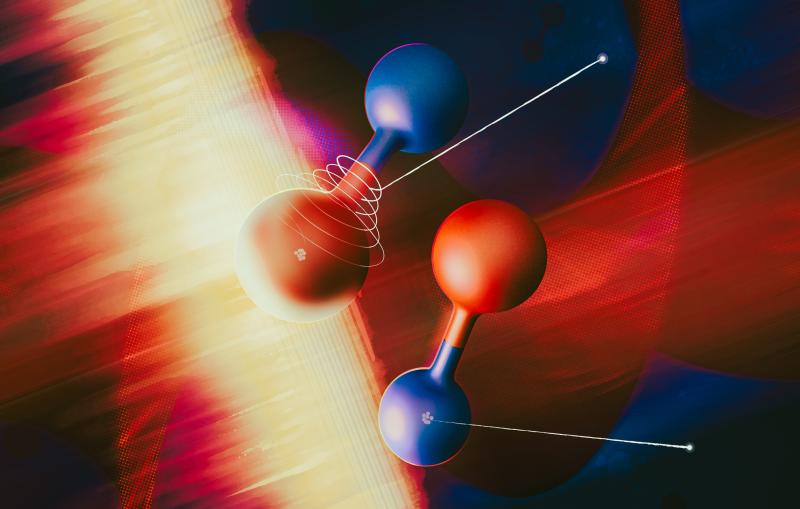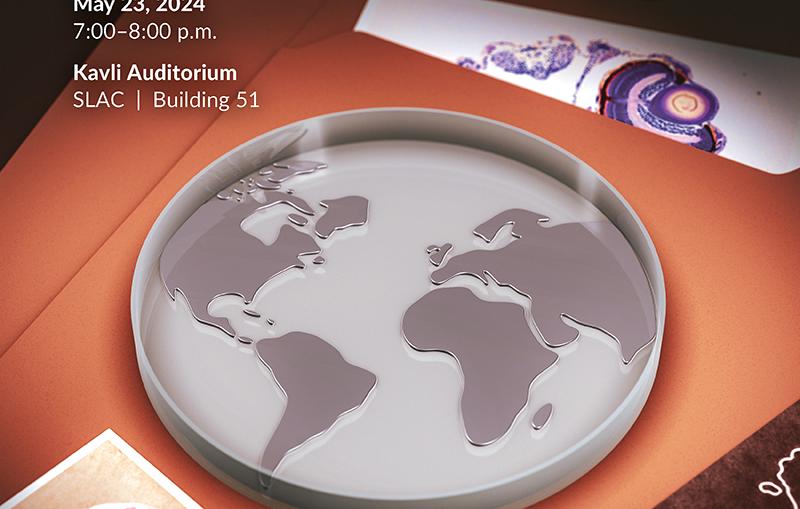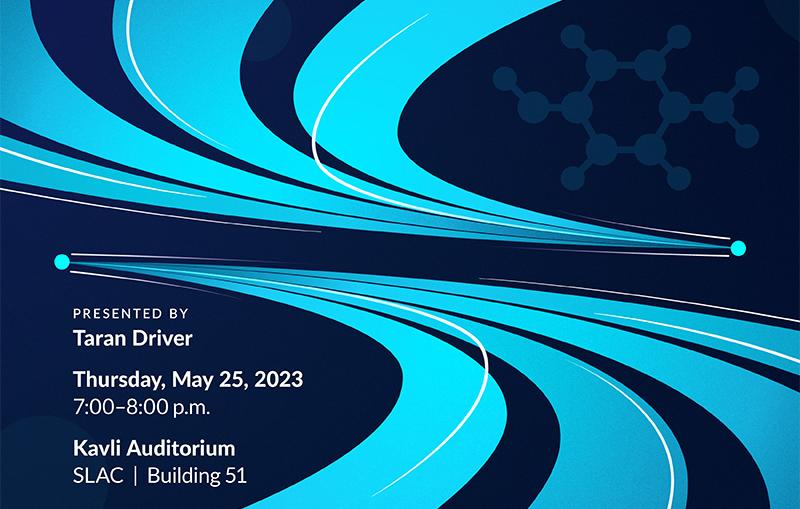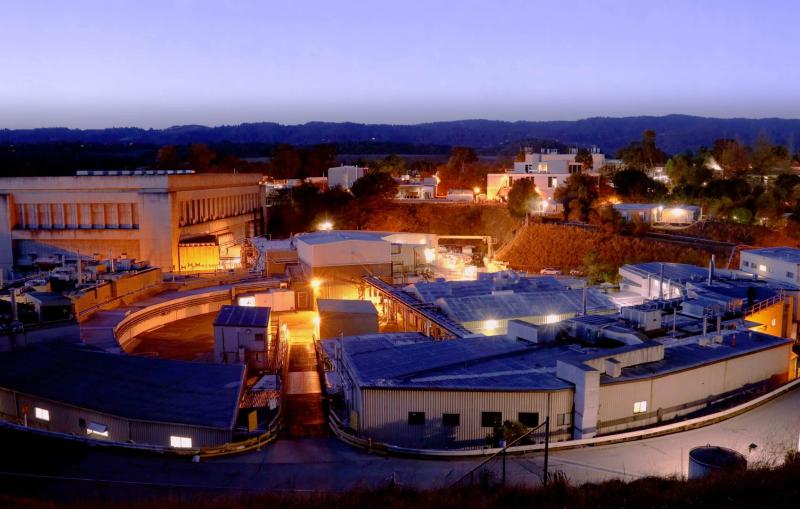i think
beamline scientist has been a dream
since it's actually quite some time in
my life they have
a new topic new users every week and
uh then a lot of technical
questions that you have to address and
and both is is pretty interesting
i'm mark messerschmitt uh i'm a staff
scientist i with the
cxi experiment at lcls
we're doing nanocrystallography and
imaging and a little bit of material
science
the name is right now a little
misleading
cxi is the coherent x-ray imaging
experiment imaging is really just
a small part of what we do that's that's
why it's now misleading that's what we
built everything for
but we do so much nanocrystallography
that
the sea should be changed to
crystallography i would say
all all the stuff scientists are experts
on the beam line that they work and in
many cases
that expertise goes beyond the single
beam line is there's a lot of aspects
that are
much more facility related than than
strictly associated with just a single
beam line
at cxi we have one big poster child
experiment and that's that's the imaging
the
idea is you take a single molecule and
uh you just hit it with enough x-rays
that
uh within one single burst you get what
we call a diffraction pattern
and if you're clever enough and you have
enough pictures of that kind
you can actually come up with this 3d
structure
from that particular experiment because
you have only a single molecule
this turns out to be very hard
doing the experiments we do the
structural
science that we do in its applications
we learned a lot of things
but uh we are certainly still in the
face of
understanding the real details and
tweaking the system to get the
experiments better and better
is a real exciting part of my job





